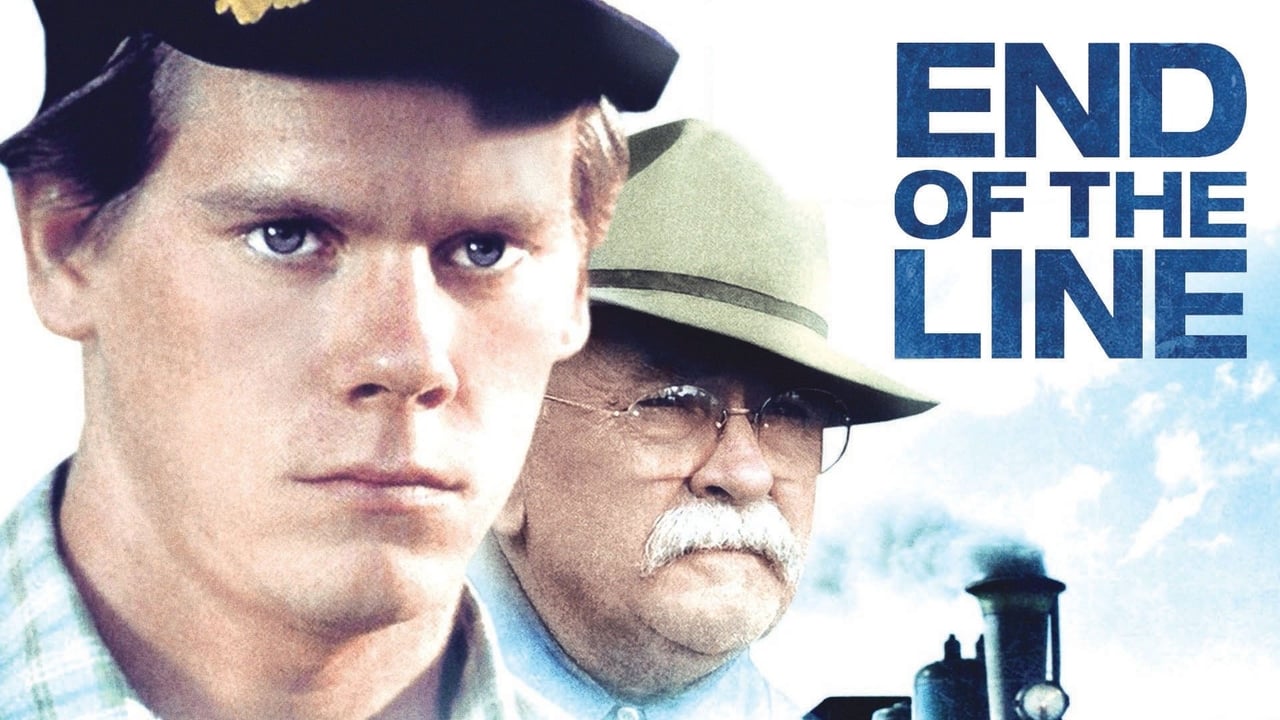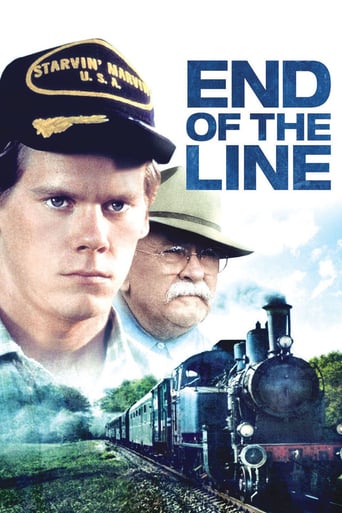

This movie does not go anywere. It is not a realistic drama portraiting the poorest side of America, it is not a tale for children.
... View More"End of the Line" is a worthwhile movie for all reasons other reviewers have noted. However, the objection is made that a railroad could not be restructured as an air freight business, and so the plot supposedly has a gaping hole. This misses the point. Due to the special situation in the US, railroads have been losing freight contracts to the trucking industry for years, and small towns are most affected, just as illustrated in the film. Therefore, it would be reasonable for Southland to liquidate unprofitable rail holdings and invest their capital in air freight, which carries a different class of goods and is more profitable. A few shots of semi-trailers pulling into Clifford at the beginning of the film might have made the point, but in restructuring the business one doesn't expect air freight terminals to be located in such small Arkansas towns anyway.Although it is hard to believe these two fellows would have been able to steal the train under ordinary circumstances, remember that the acting president found out about this and wanted to co-opt the situation for advertising purposes, and so there was a degree of complicity. Perhaps enough for it to come off.The film is quite pointed about the lack of compassion of capital for the workers, but this is done in an amusing light-hearted way. And the solution for the future of these workers, in spite of the feel-good ending, is left realistically ambiguous.Go ahead and enjoy this good-natured and well-acted film.
... View MoreAs much as I love trains, I couldn't stomach this movie. The premise that one could steal a locomotive and "drive" from Arkansas to Chicago without hitting another train along the way has to be right up there on the Impossible Plot lines hit board. Imagine two disgruntled NASA employees stealing the "crawler" that totes the shuttles to and fro and driving it to New York and you get the idea.Having said all that, it's a nice try. Wilford Brimely is at his Quaker Oats best, and Levon Helm turns a good performance as his dimwitted but well-meaning sidekick. Bob Balaban is suitably wormy as the Corporate Guy, and the "little guy takes on Goliath" story gets another airing.
... View MoreThis delightful piece relates of an unscheduled jaunt aboard a locomotive "borrowed" by veteran trainmen Will Henry (Wilford Brimley) and Leo Pickett (Levon Helm) after their employer, Southland Railroad, shifts its manner of freight transport to the airlanes, resulting in the closure of a railyard in Clifford, Arkansas, with a subsequent loss to many in the small town of their livelihood. Freshman director Jay Russell, invited while attending a similarly fledgling Sundance Institute's workshop to develop his script, does so very effectively, with most of the filming taking place near his hometown of Little Rock, enabling Russell's strongly regional feeling for the South to aid him in composing a very personal, well-executed work. The locomotive is being taken by Will and Leo to Chicago, wherein the pair hope to present their grievances to the parent corporation's board chairman, and Russell formulates a recipe for some delicious humour, some satirical, during the adventure, with blessedly minimal slapstick, focussing not only upon the two railroaders but their waiting families, as well. A well-selected cast is aptly directed, with particularly strong performances from Kevin Bacon, Mary Steenburgen and Holly Hunter, the last two of whom gift the scenario with delicious comedic timing. With talented supporting players helping to make possible a successful blend of whimsy and the didactic, END OF THE LINE belies its rather low budget, assisted to a large extent by cinematographer George Tirl, who here intensifies the standard colour scale while utilizing a wide range of facial lighting to help in representing performers' thoughts.
... View More